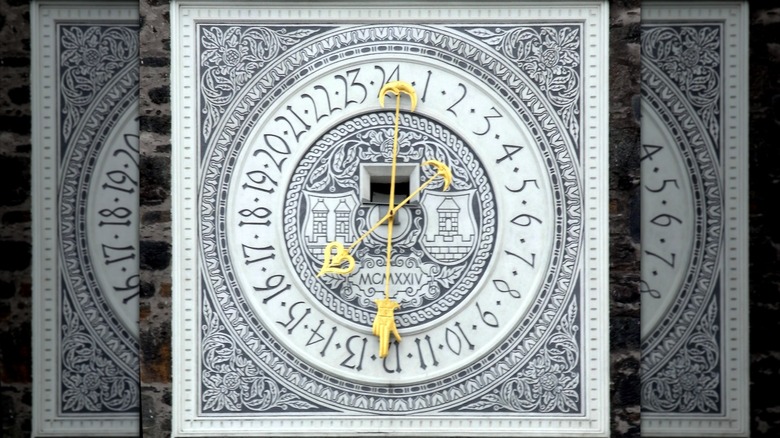When (And Why) Did Armies Start Using 24-Hour Military Time?
Armies started using the 24-hour method of timekeeping as standard military time because, much like police, fire, and medical departments, every branch of the armed services is in continuous operation 24 hours a day. Using the 24-hour method also helps to avoid any confusion that the 12-hour method inevitably brings up when giving any specific time because it then has to be followed up with either the "a.m." or "p.m." designation to indicate whether it's referring to day or night. As to the when ... it's far more recent than you might expect.
The 24-hour method of keeping time didn't really take hold until 1886, when the Canadian Pacific Railway began to use it to officially track time for its train schedules. Other countries saw how it easily did away with the a.m./p.m. confusion of the 12-hour clock, and over the next several decades, many countries followed suit.
The world's military organizations weren't far behind. The French Army switched to the 24-hour clock in 1909, the British Royal Navy in 1915, Canada in 1917, and the British Army in 1918. The Navy was the first branch of the U.S. military to embrace the 24-hour clock in 1920. It may be hard to believe, but the U.S. Army didn't start using military time until 0400 on July 1, 1942. Once the Air Force became a separate branch of the U.S. military in 1947, it too began using military time.
Time is of the essence in the military
Military time is expressed using four numbers – 0000 means 12 a.m., while 2300 stands for 11 p.m. and was initially based on Greenwich Mean Time (GMT) in London. That has since been changed to the Coordinated Universal Time (aka Universal Time Coordinated, or UTC), which uses the Earth's rotation and incredibly accurate atomic clocks for measurements because today's sophisticated technology demands a more precise timekeeping method.
Militaries also break down the Earth into 24 zones, each with a different time, name, and letter designation (using the NATO phonetic alphabet). The letter A stands for "Alpha" and is given to the UTC+1 Central European Time (CET) zone, with its major city being Paris, France, while Z stands for "Zulu" and is Greenwich Mean Time (GMT) and UTC+00:00 in London. UTC+ is used to designate the first 12 time zones and runs through the letter M (Mike) for UTC+12 (Auckland, New Zealand). The letter N (November) is the UTC-1 time zone in Praia, Cabo Verde, and ends with Y for Yankee, the UTC-12:00 time zone for Suva, Fiji. The letter J is routinely used to designate the Local Time Zone. Thus, calling the time in Greenwich, England (UTC+00:00) would look similar to 1500Z and be said out loud as "fifteen hundred Zulu." Commercial pilots also use these time zone letters, and "Zulu time" is one of many common pilot phrases.
It can all be very confusing, but then time is an abstract construct that's considered both relative and quite possibly just an illusion; even the brightest minds have problems fully grasping, so don't feel too bad (or worry too much about fixing the time on your cellphone).

